Date: Nov 25 & 26, 2017
Venue: Flamingo Hotel, Penang







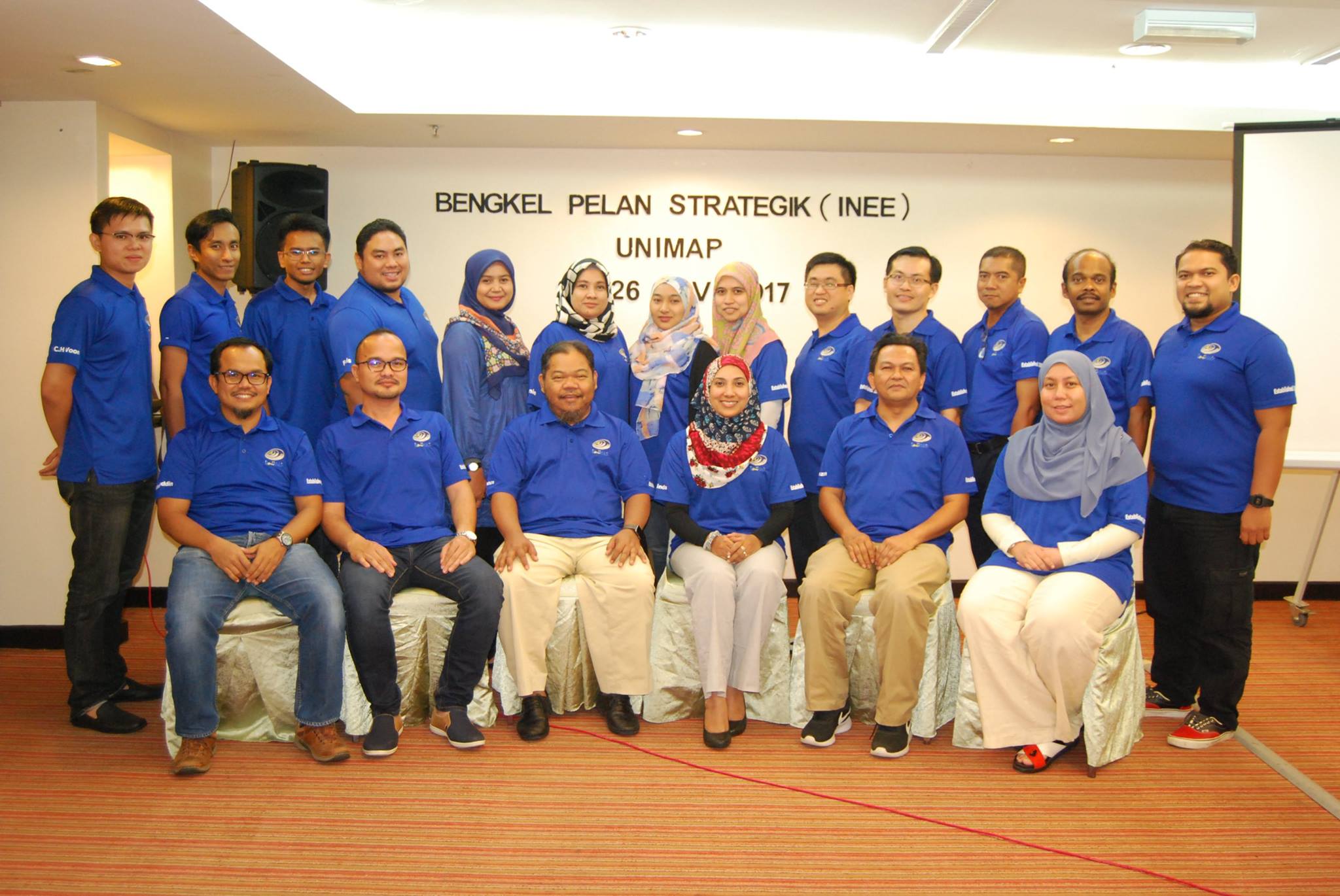

Institute of Nano Electronic Engineering
Universiti Malaysia Perlis
By Editor
Date: Nov 25 & 26, 2017
Venue: Flamingo Hotel, Penang









By Editor
Dr. Mohammad Nuzaihan has won a bronze medal in The International Conference and Exposition on Inventions by Institutions of Higher Learning [PECIPTA’17] in Terengganu, Malaysia recently with the project title “Molecular Gate Devices for Detection of Dengue Virus [DENV] at Femtomolar Concentration”.
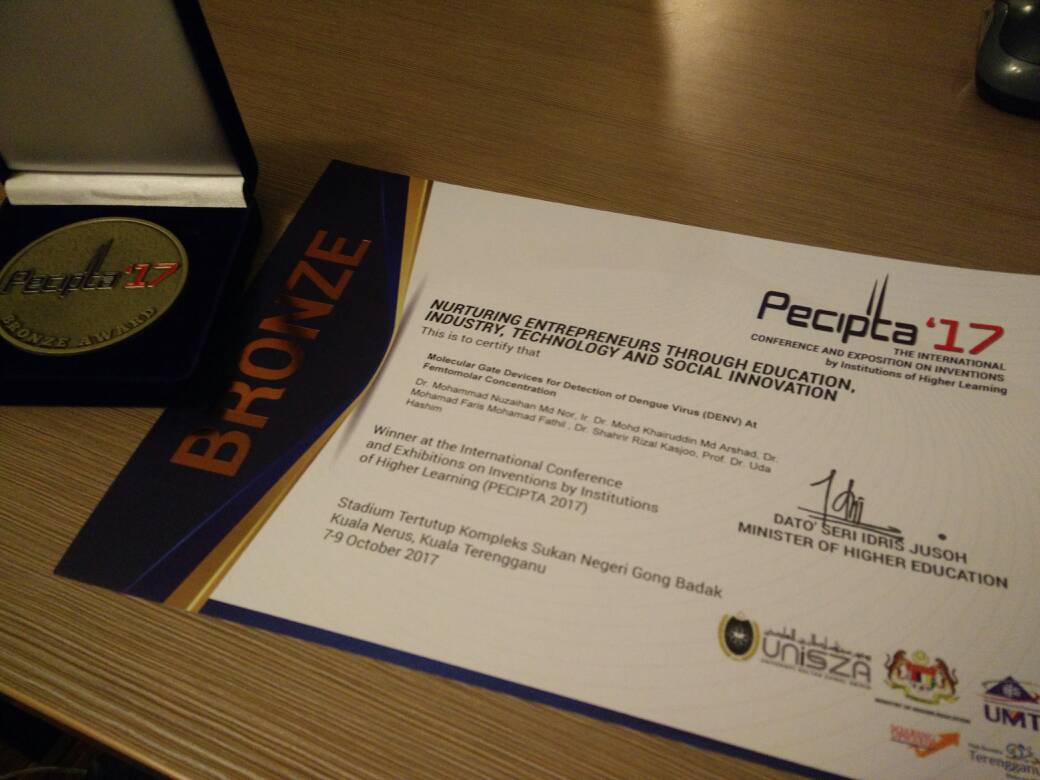
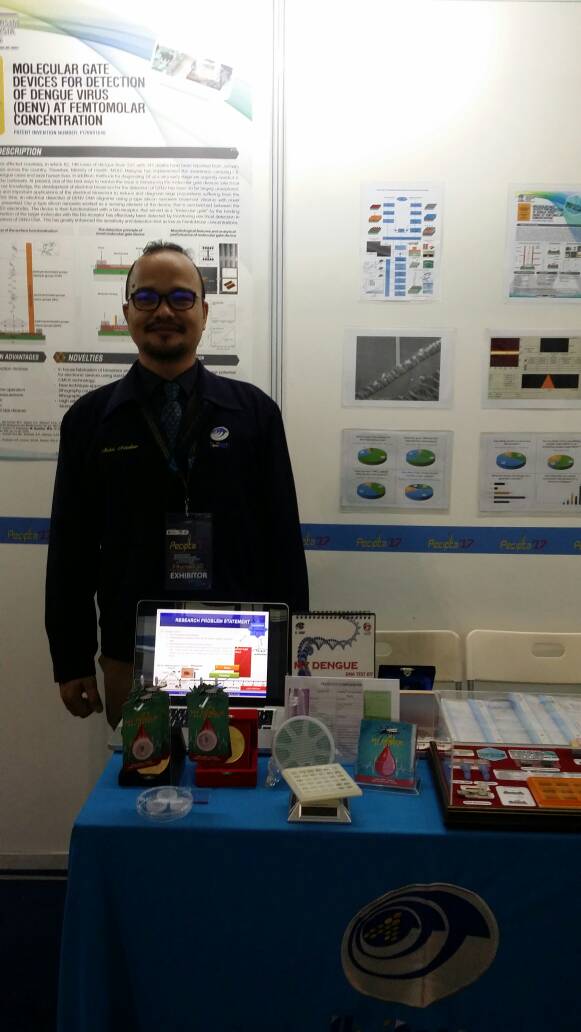
By Editor
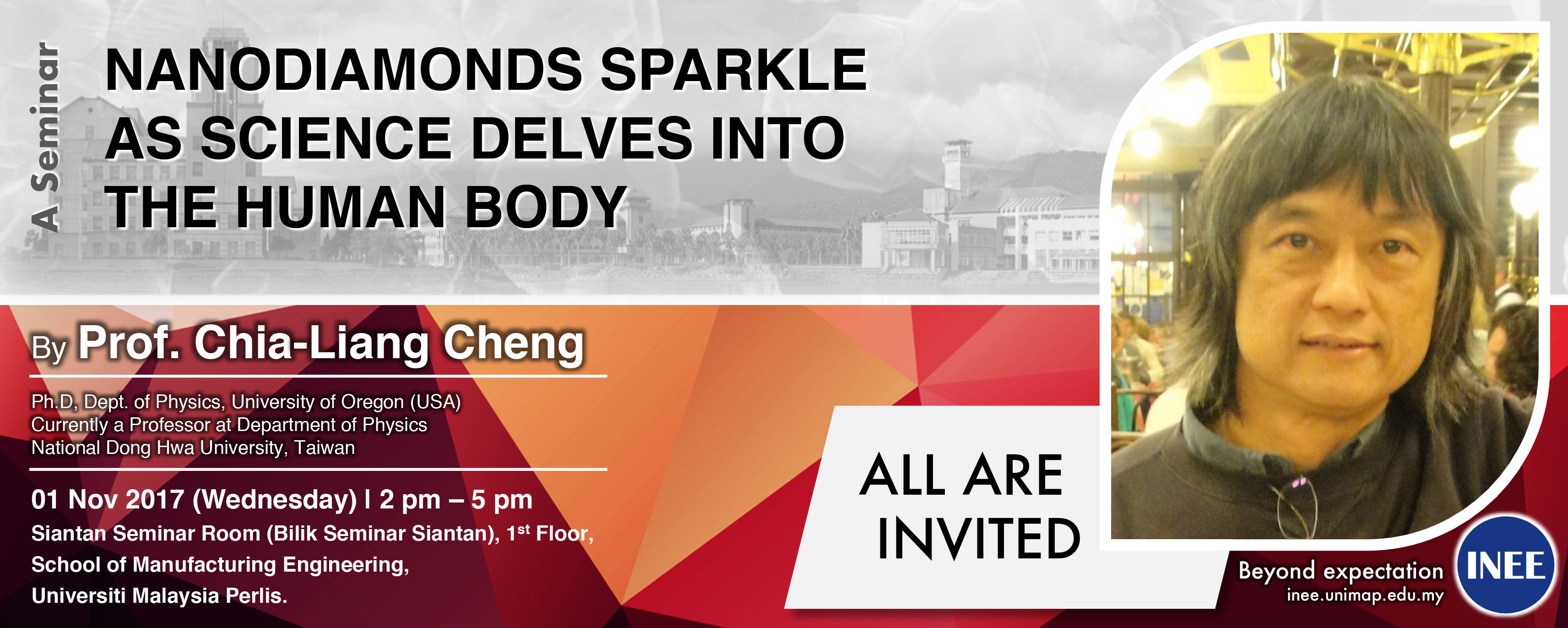
For more details, please visit here!
By Editor
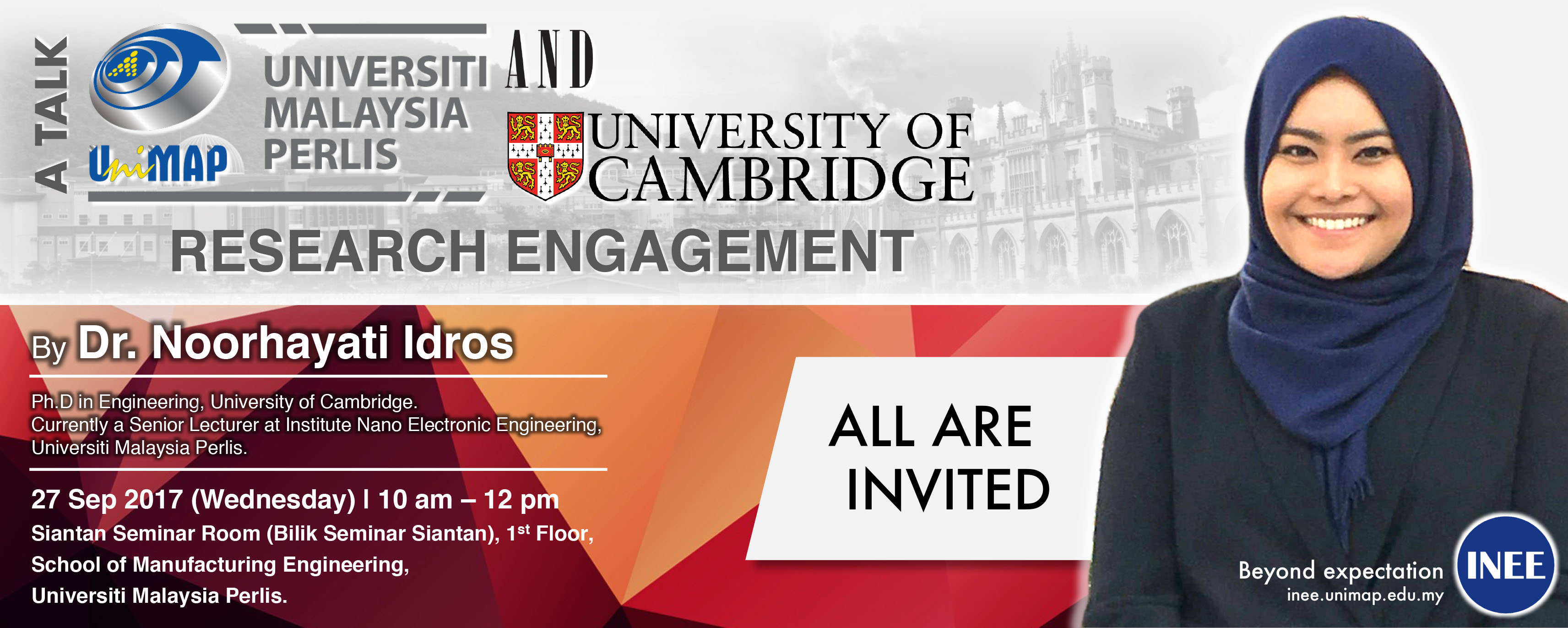
For more details please visit here.
By Editor
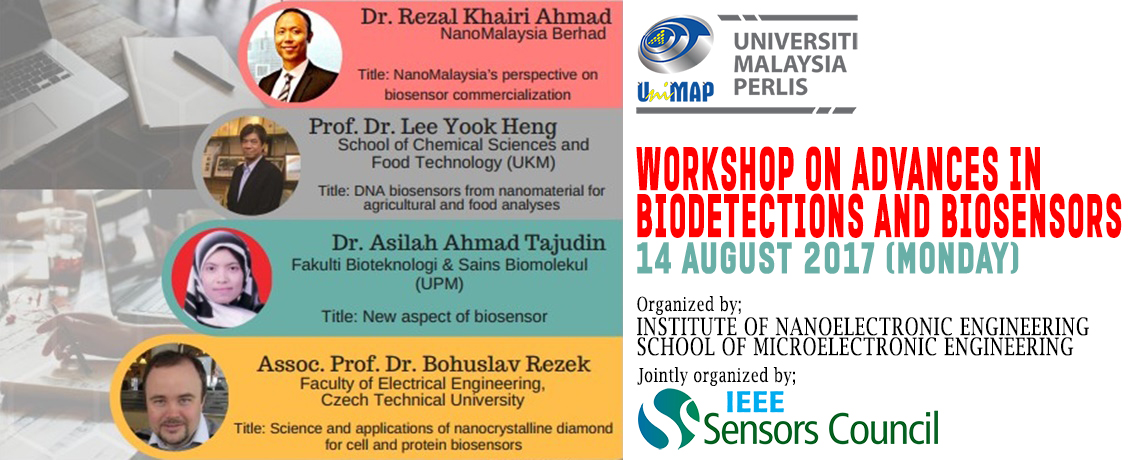
A one-day Workshop on Advances in Biodetections and Biosensors at Auditorium, Tuanku Syed Faizuddin Putra Library, Universiti Malaysia Perlis on 14th August 2017.
Speaker 1: Assoc. Prof. Dr. Bohuslav Rezek from Faculty of Electrical Engineering, Czech Technical University.
Speaker 2: Prof. Dr. Lee Yook Heng from School of Chemical Sciences and Food Technology, Universiti Kebangsaan Malaysia.
Speaker 3: Dr. Asilah Ahmad Tajudin from Faculty of Biotechnology and Biomolecular Sciences, Universiti Putra Malaysia.
Speaker 4: Dr. Rezal Khairi Ahmad, CEO of NanoMalaysia Berhad.
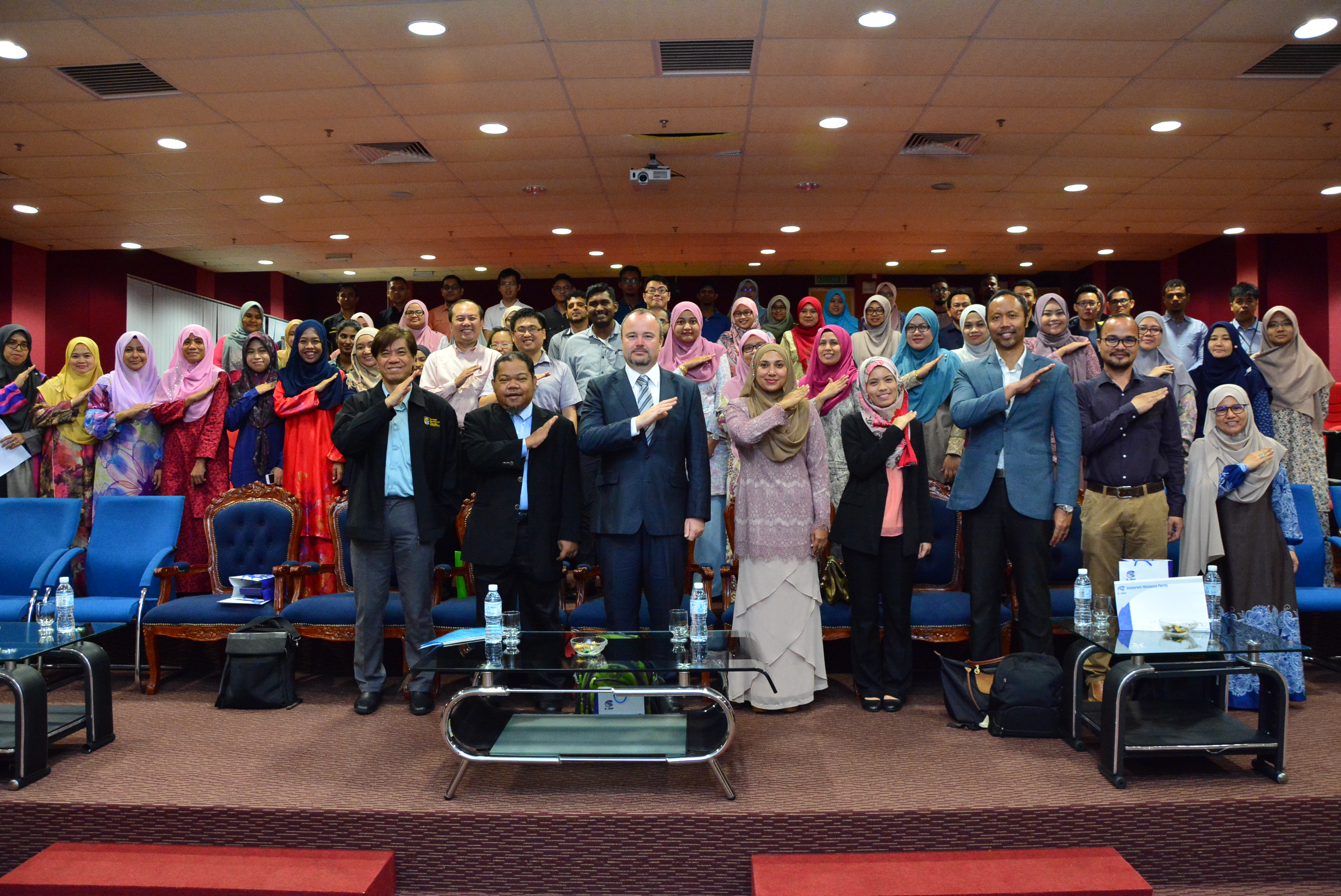
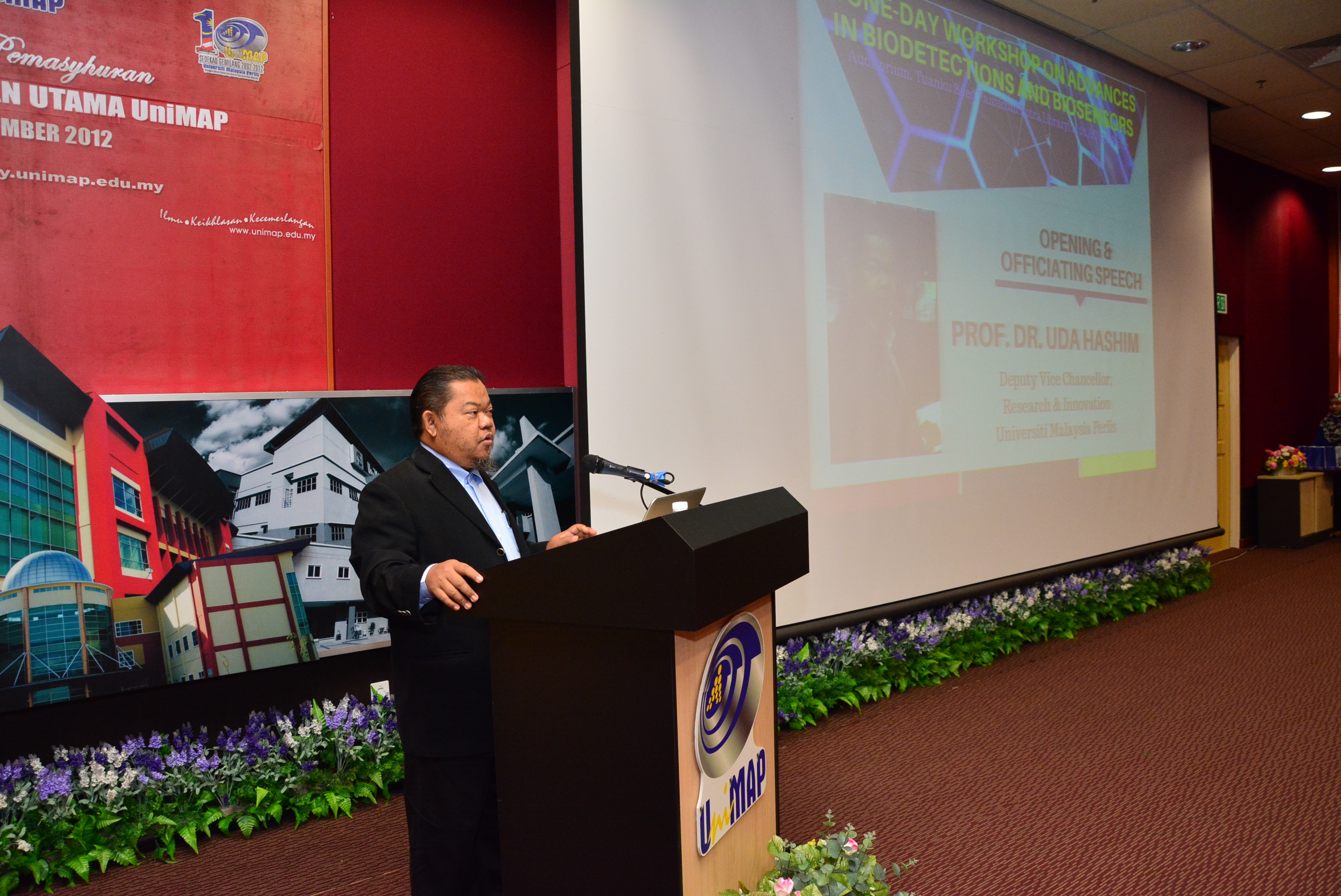


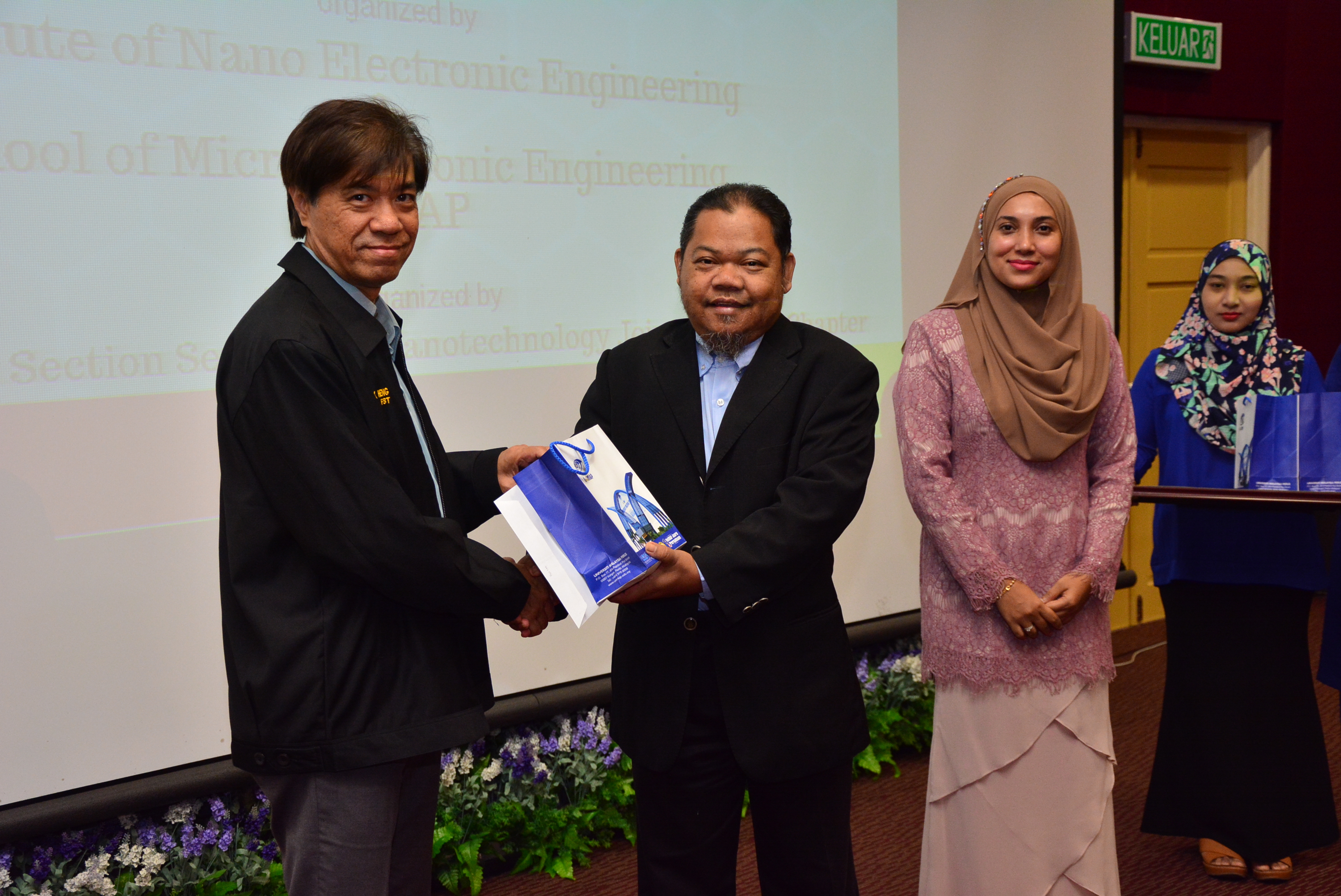

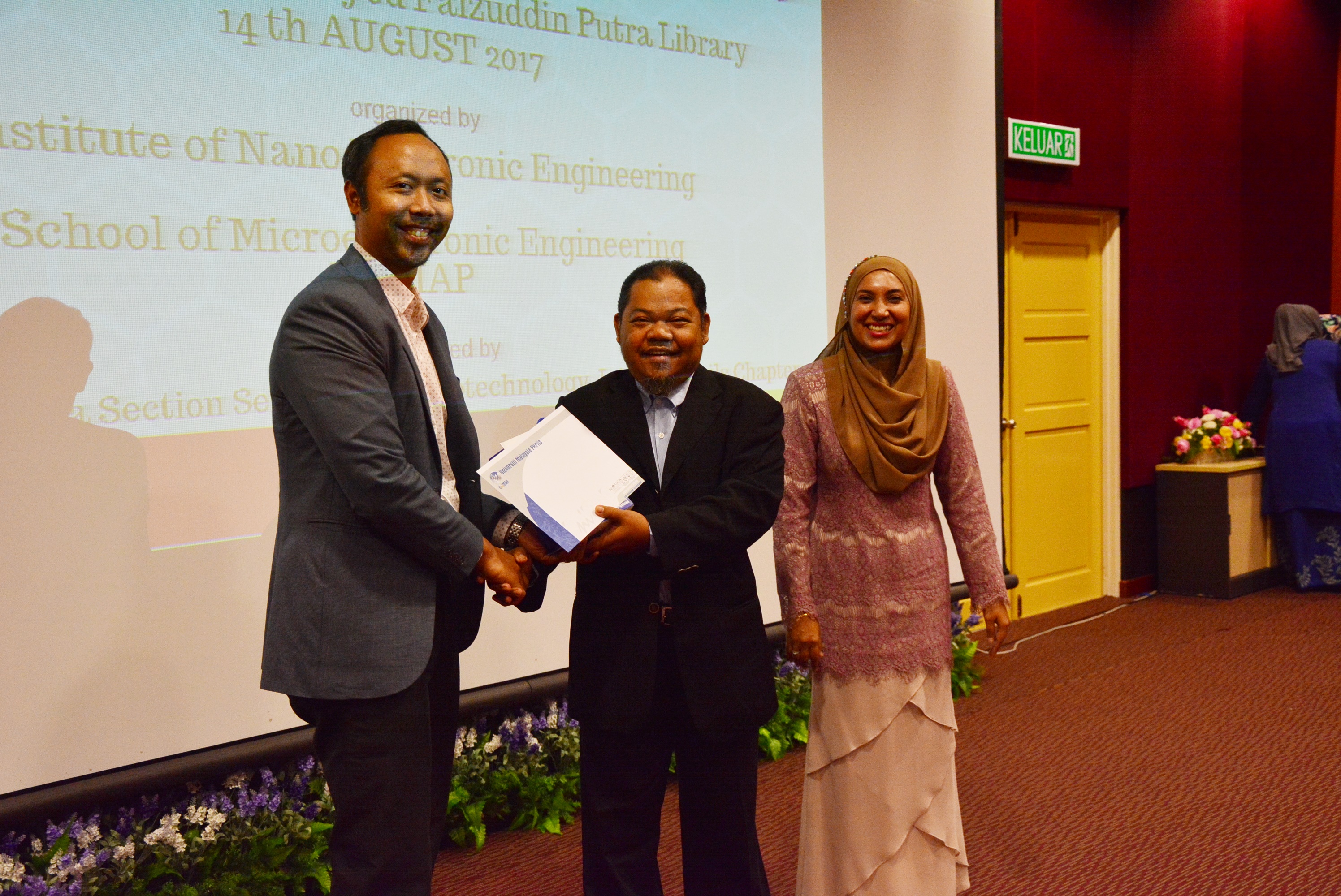




Institute of Nano Electronic Engineering, Universiti Malaysia Perlis
Lot 106, 108 & 110, Blok A, Taman Pertiwi Indah,
Jalan Kangar-Alor Setar, Seriab 01000 Kangar, Perlis, Malaysia
Tel: +604-979 8581 Fax: +604-979 8578 Email: webmaster.inee@unimap.edu.my